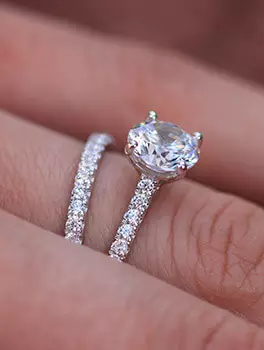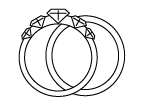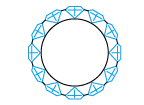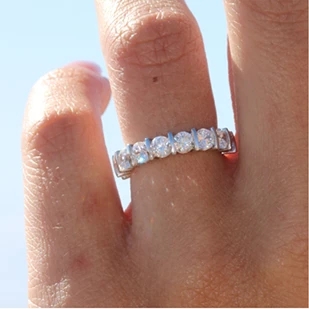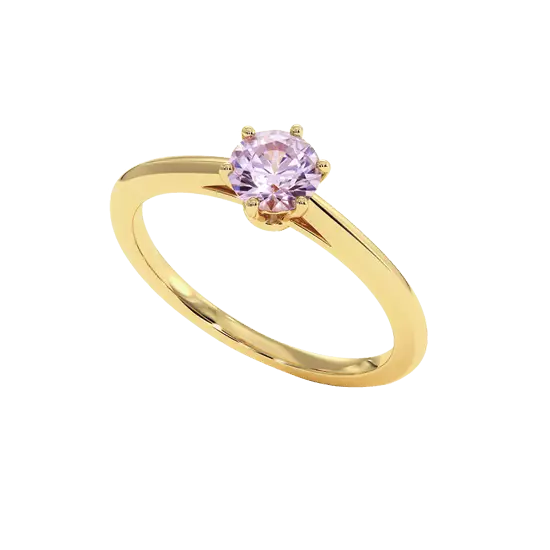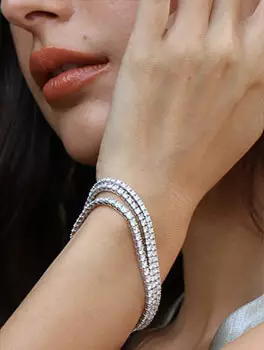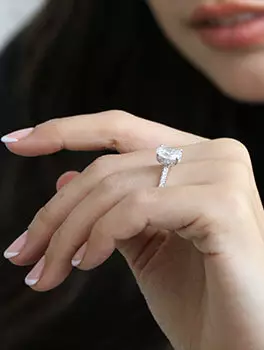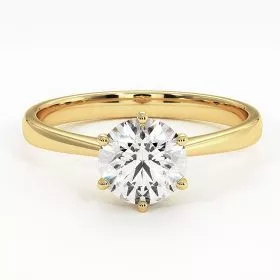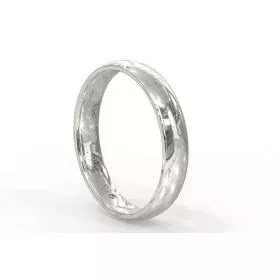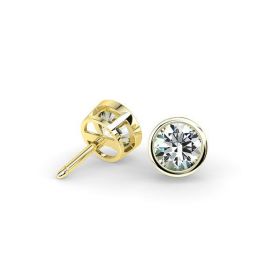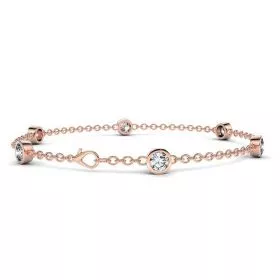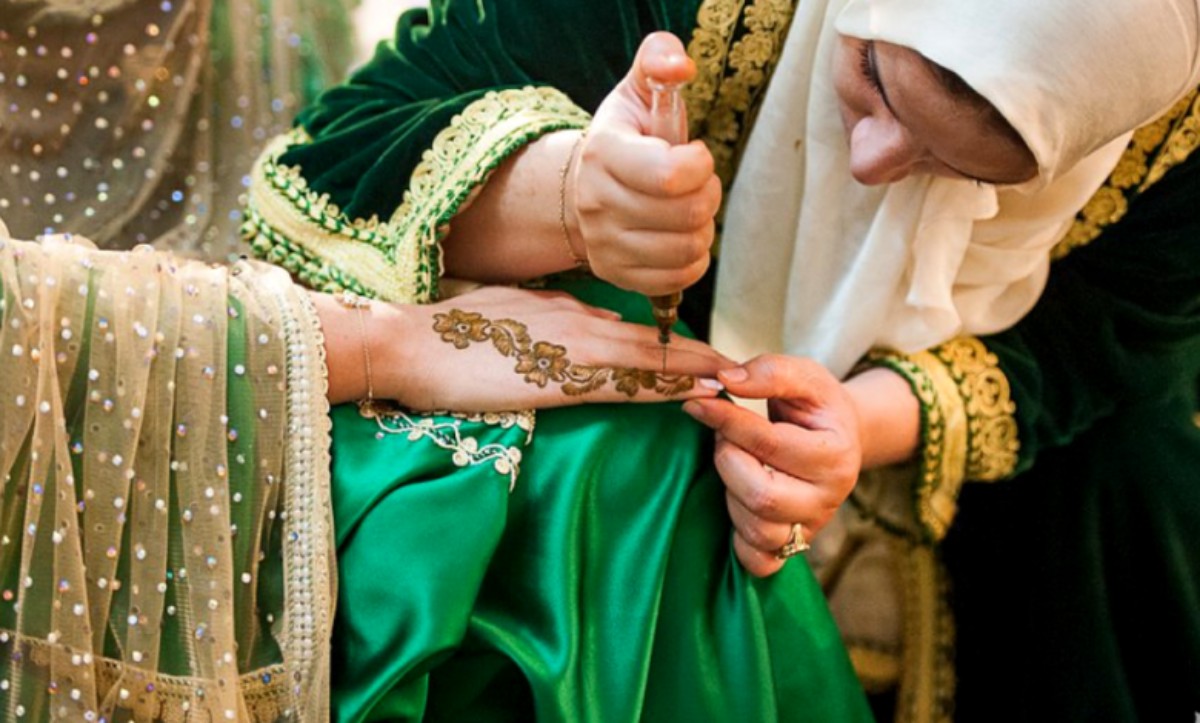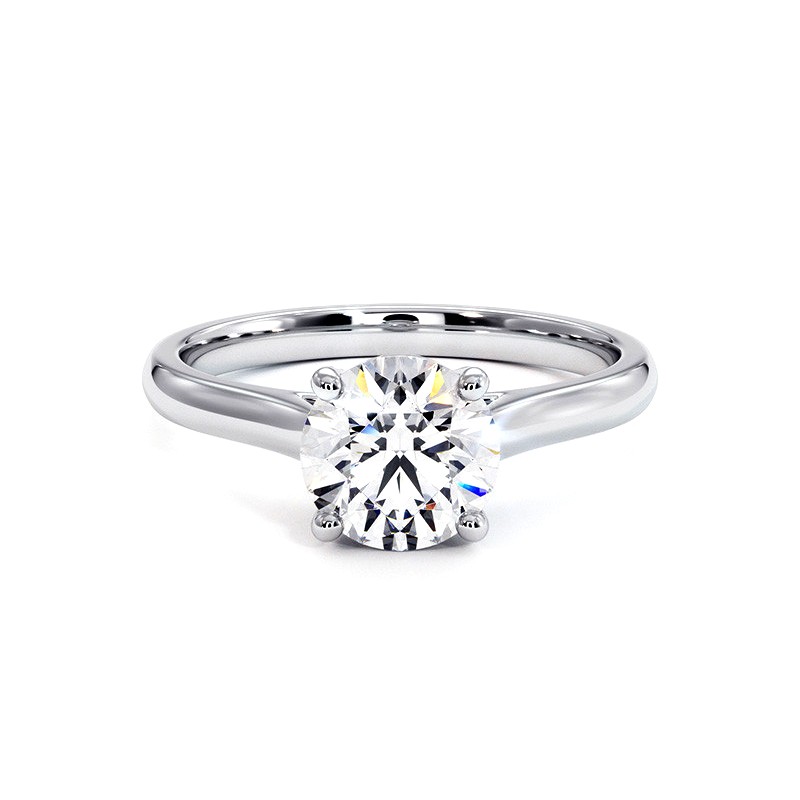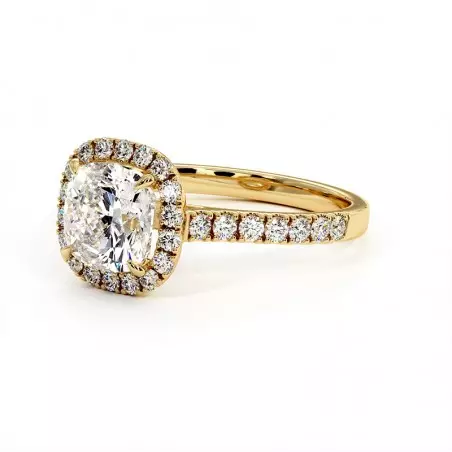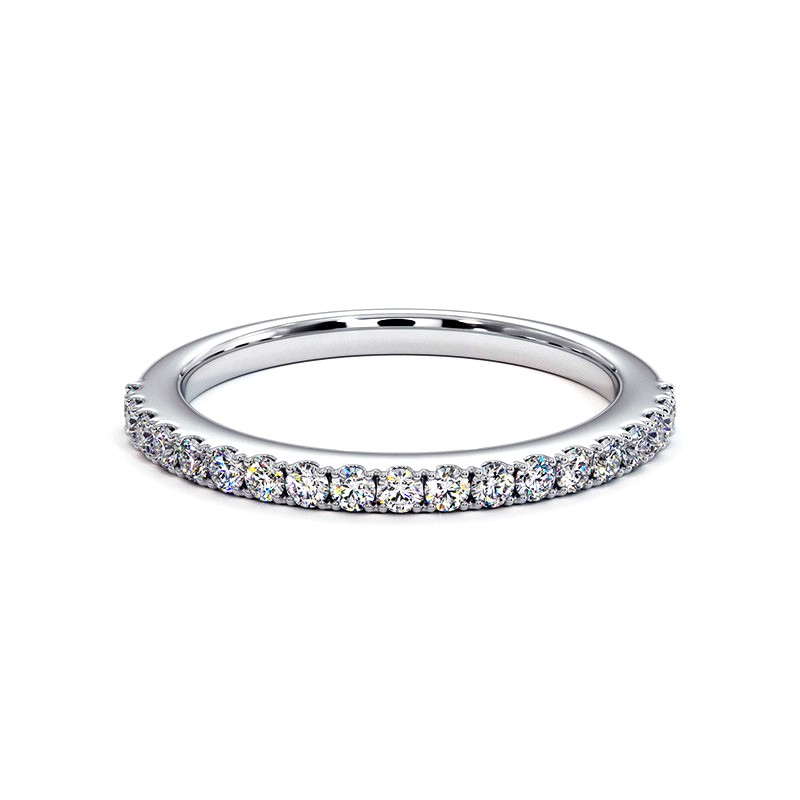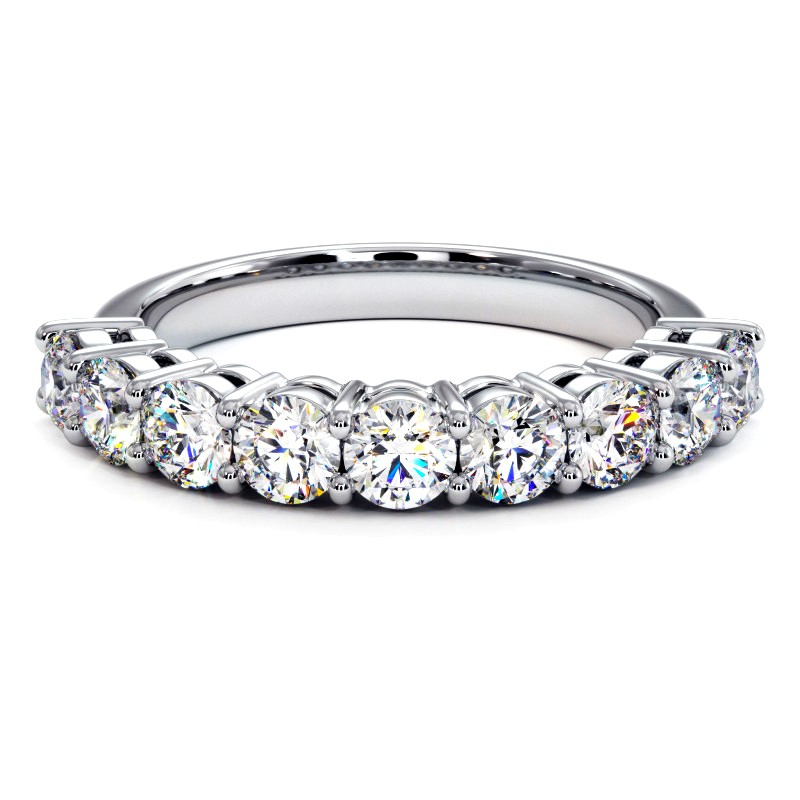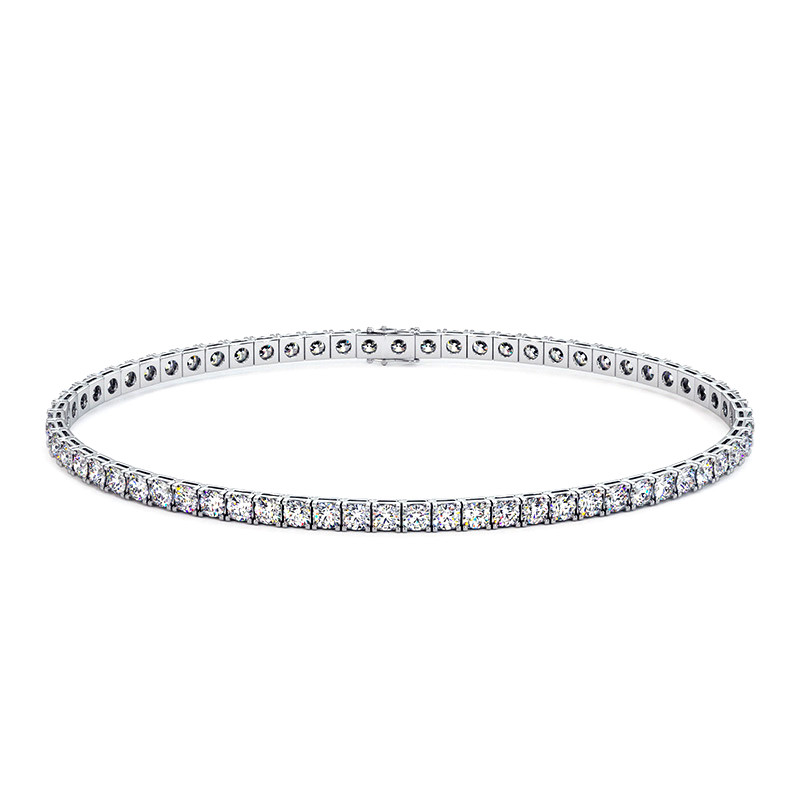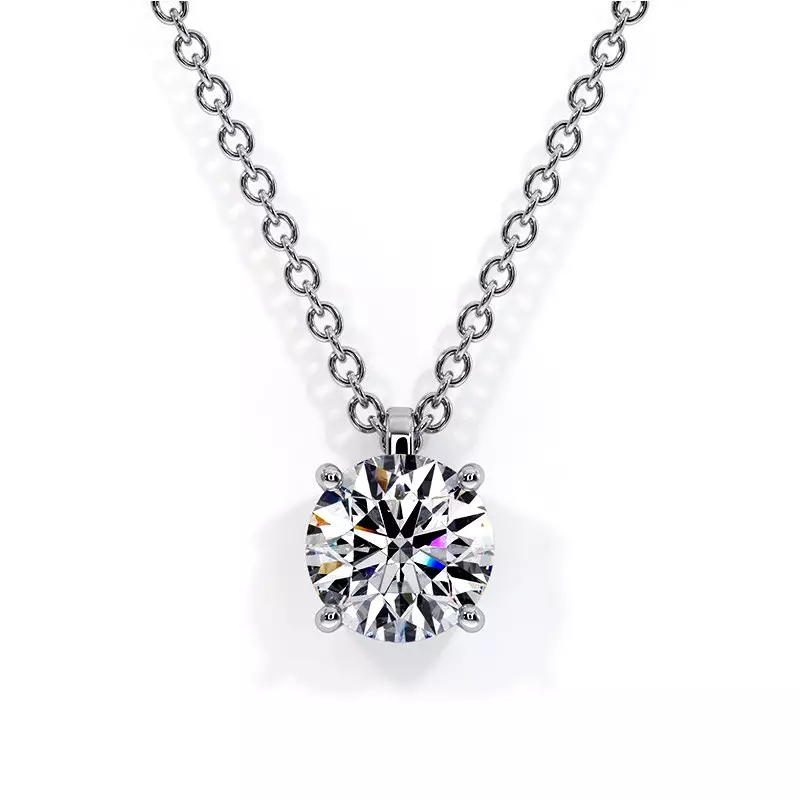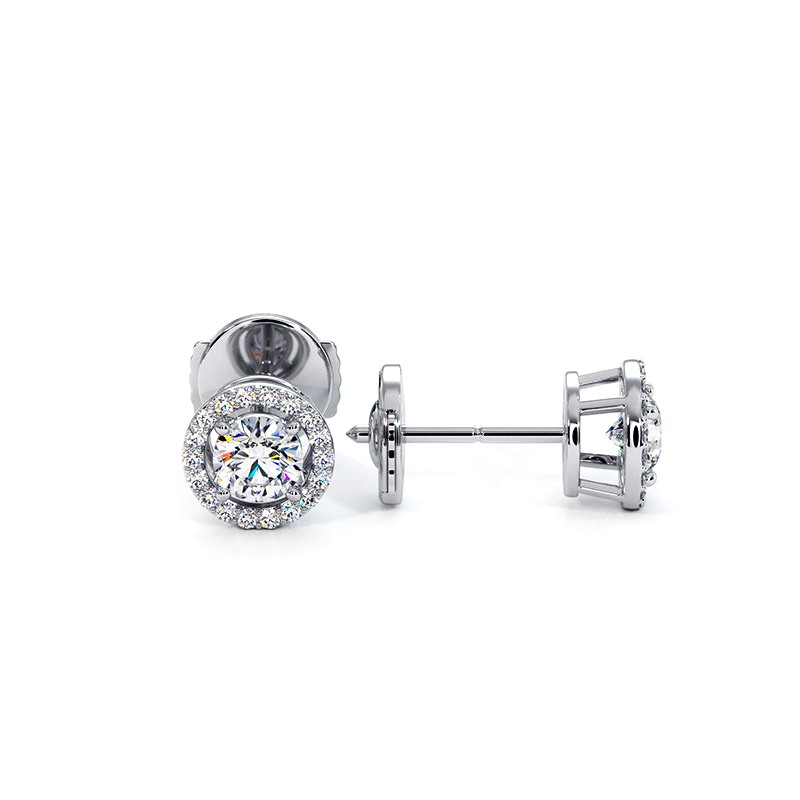Everything to know about wedding traditions in Morocco
 ,
Jewelry News
,
Jewelry News

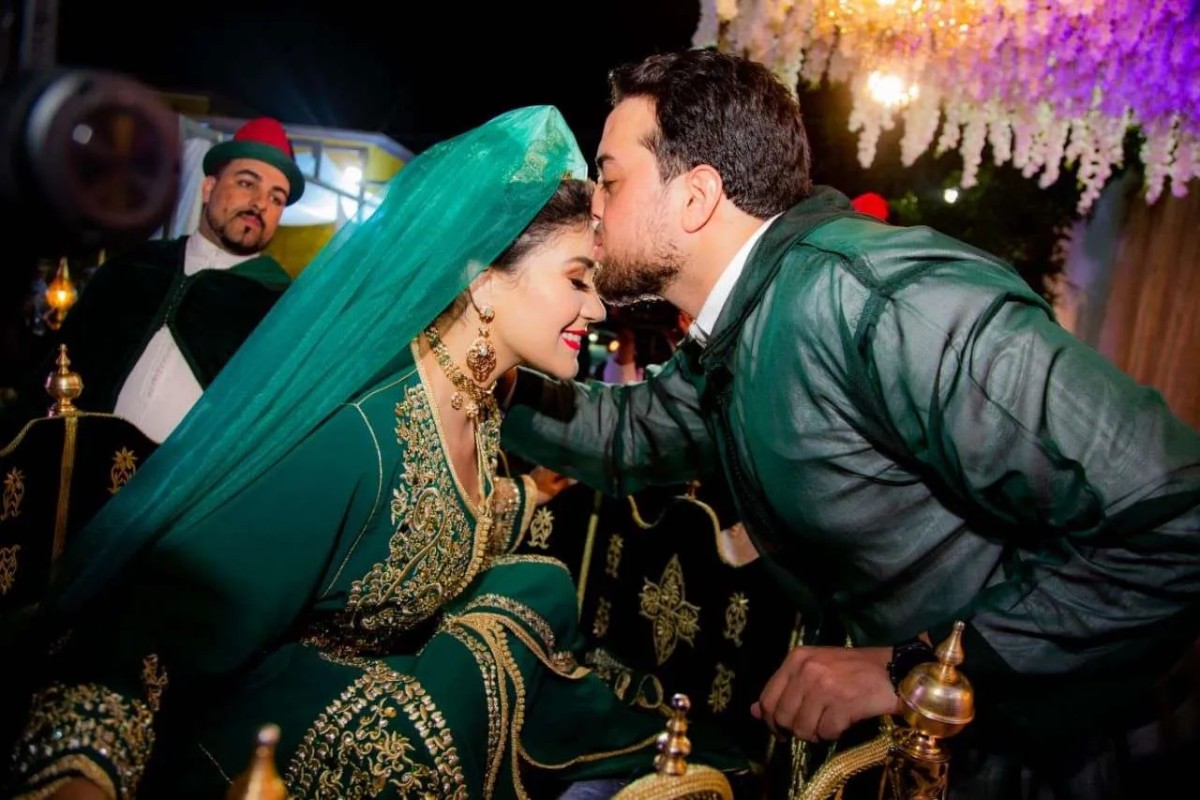
Marriage in Morocco is much more than a simple union — it is a lavish celebration deeply rooted in Moroccan traditions. From the khotba to the festivities of the wedding day, including the henna ceremony, each stage of a traditional Moroccan wedding is rich with symbolism, ancient rituals, and shared joy.
Amid Moroccan wedding music, oriental fragrances, vibrant colors, and regal attire, this family celebration can bring together several hundred guests. It represents not only the union of two individuals but also that of two families, often at the heart of a traditional Maghreb or Arab wedding.
Even today, despite changes in lifestyle, Moroccan wedding traditions remain highly significant. They continue to captivate both local families and Moroccan couples living in France or abroad, eager to celebrate their union with authenticity.
Key stages of the Moroccan wedding: between tradition and emotion
The traditional wedding in Morocco stands out for the richness of its stages, each marked by a strong symbolic charge and an essential family dimension. It's not just a simple ceremony day, but an initiatory journey mixing Moroccan traditions, spirituality and festivities. Here are the main stages that mark a Moroccan wedding typical, from the announcement to the celebration.
The wedding announcement: between joy and preparation
The first step of the traditional Moroccan wedding start with the official announcement of the union. Much more than just a simple announcement, this is often an opportunity to unite the families, sometimes even several weeks before the ceremonies. In some regions, this step is accompanied by a Moroccan dfou3, where the groom's family brings gifts to the bride's family: sugar, milk, henna, fabrics, and sometimes gold jewelry.
The khotba: traditional engagement
Also called Engagement or sermon, this stage represents the official commitment. The two families meet over a meal, and the fiancé gives gifts to his future wife, including some. gold jewelry and sometimes a engagement ring. This ceremony is often discreet, but can also be festive depending on local customs.
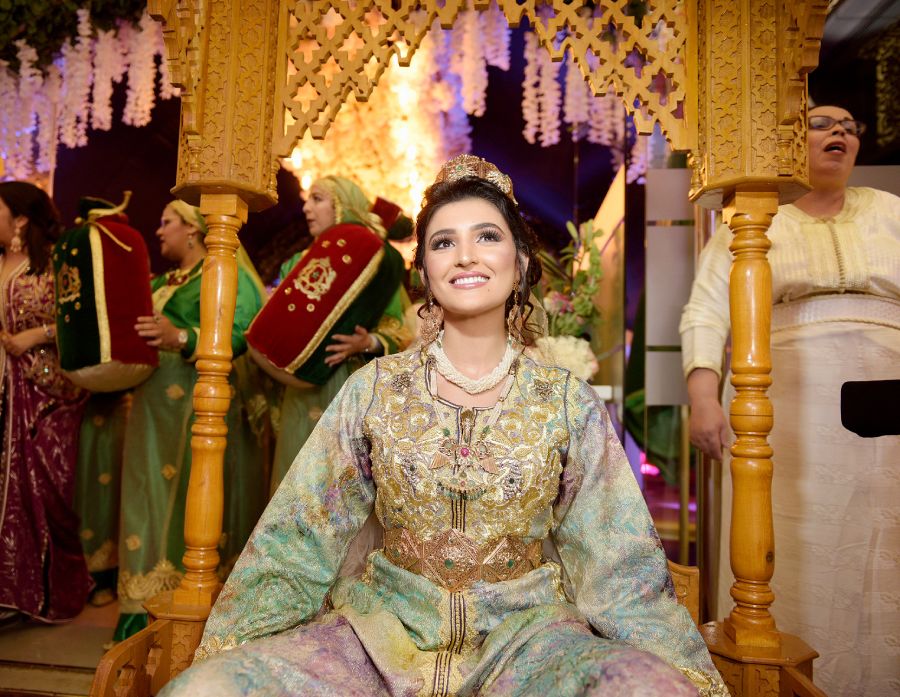
Al Kaghet (or Helel): religious signing of the contract
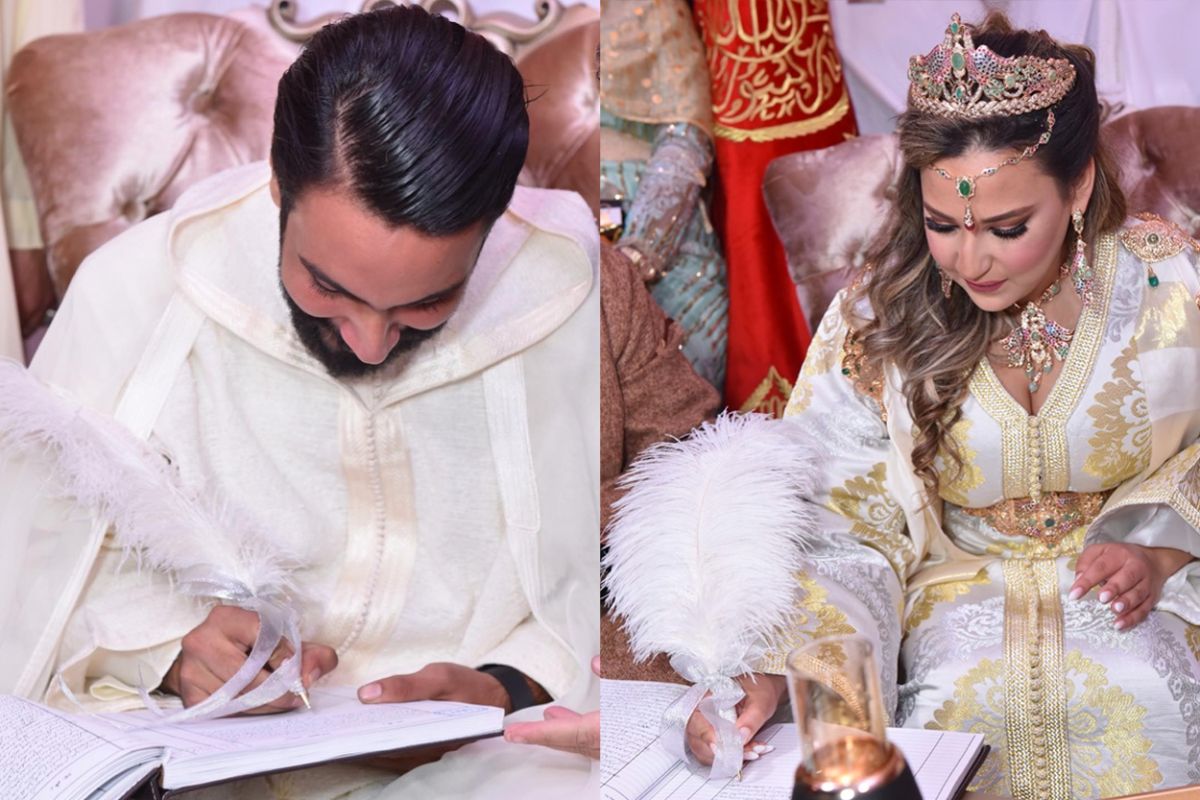
Before any celebration, the bride and groom in Morocco sign their marriage contract in front of an adoul (religious notary). This ceremony, also known as Helel, marks the couple’s religious union according to Islamic principles. It can be held in a small gathering or accompanied by an initial celebration.
Preparing the Wedding: Between Logistics and Tradition
Organizing a Moroccan wedding is like planning a true festival. From booking a venue — such as a riad, a villa, or a banquet hall — to selecting a caterer, matching the decorations with the colors of the caftans, and hiring a traditional Moroccan wedding orchestra, every detail matters. Aesthetics are at the heart of the event, with special attention paid to colors, fabrics, and lighting.
Dress Fittings: The Art of Elevating the Bride
The Moroccan bride traditionally wears up to seven different outfits throughout the evening: caftans, takchitas, Kabyle dresses, Saharan, Amazigh styles, and finally, a Western-style white gown. She is accompanied by a Neggafa, a professional stylist who helps her curate each look, coordinate her jewelry, and oversee every moment of the evening.
Celinni Tip: Every outfit deserves an exceptional piece of jewelry. Our Custom creations adapt to traditions while revealing the modernity of each bride.
The Hammam: Purification Before the Big Day
A few days before the wedding, the bride visits the hammam, accompanied by her close relatives. There, she performs purification rituals using natural products, and sometimes even takes a milk bath. This intimate moment is one of the oldest rituals in Arab weddings, symbolizing the transition into married life.
The Henna Ceremony: Spirituality and Femininity
A Key Moment in the Moroccan Wedding: The Henna Ceremony, this essential ceremony takes place on the eve of the wedding. The bride, dressed in a green outfit—symbolizing fertility and abundance—is the center of attention. A nekacha (henna artist) applies henna to her hands and feet, creating protective and decorative patterns.
Around her, the family sings, dances, and celebrates. On the table: eggs (fertility), sugar (happiness), and milk (purity). It is the ultimate feminine rite of passage.
The Hdiya: Gifts and Blessings
During or after the henna ceremony, the bride receives gifts presented in taifours (decorative copper or silver trays): jewelry, caftans, sweets, perfumes… These offerings represent the respect, prosperity, and generosity of the groom’s family.
The Big Day: A Lavish Celebration
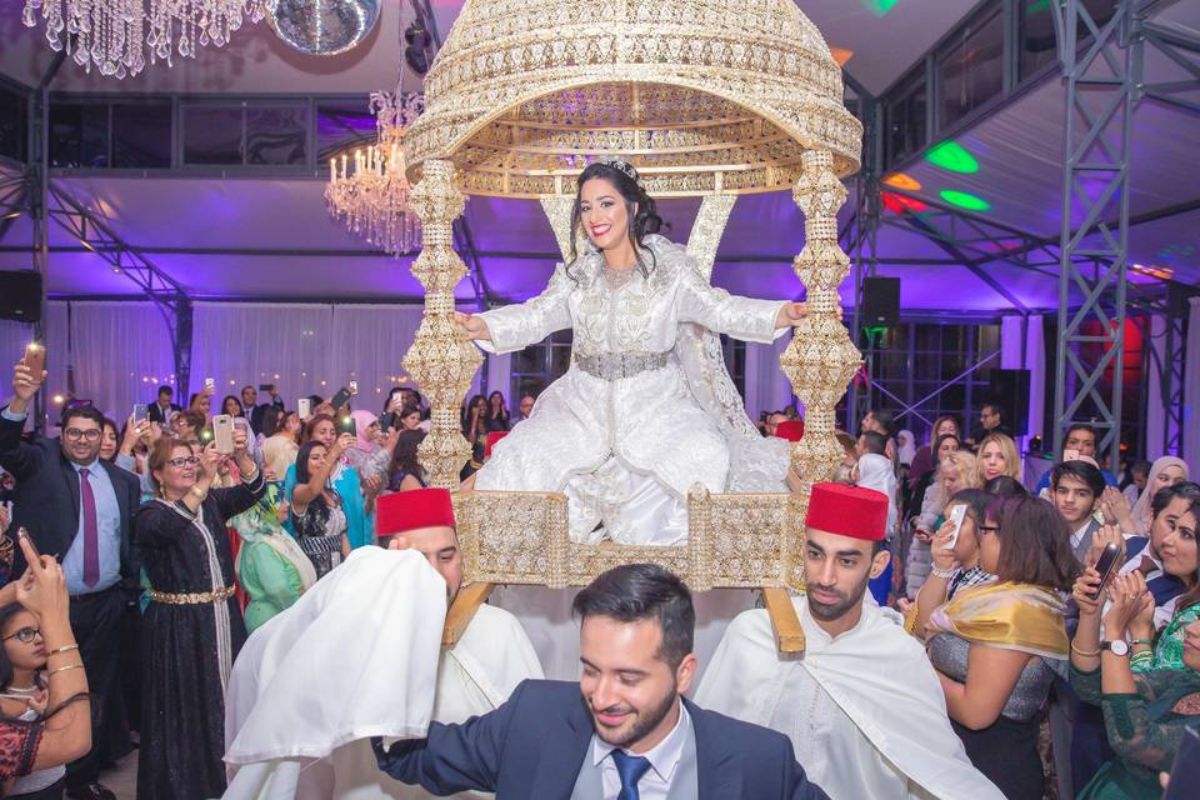
After weeks of preparations, choosing outfits, caterer tastings, and musical rehearsals, finally comes the time. the big day of the Moroccan wedding. This long-awaited moment is a true explosion of joy, of Moroccan music, of colors and emotions, where every detail celebrates love and the Moroccan traditions.
Between sumptuous outfits, oriental atmosphere, and ancestral rituals, the traditional Moroccan wedding offers an unforgettable show to all guests.
The arrival of the newlyweds: a moment of splendor
The entrance of the newlyweds is one of the most anticipated moments of the evening. Carried on the famous Amariya (or 3amaria), a richly decorated elevated throne, the spouses are acclaimed by the guests to the rhythm of the ululations, of the drums and traditional songs. In some weddings, a folk group called Moroccan dfou3 accompanies the procession with music, dances and spectacular effects.
This majestic entrance, worthy of the royal Arab weddings, marks the official start of the festivities. The entire room lights up to welcome the newlyweds, who take their place on a stage or throne, at the center of attention.
The Religious Ceremony and the Fatiha
If not already held during the Helel, the religious ceremony can take place on the wedding day itself. It begins with the recitation of Al-Fatiha, the first chapter of the Quran, followed by the couple’s blessing by an imam or adoul (religious notary). This solemn moment highlights the sacred nature of Muslim marriage in Morocco.
A Parade of Outfits and the Bride’s Central Role
The Moroccan bride is the undisputed queen of the night. She makes several grand entrances, each with a different outfit: Fassi caftan, modern takchita, Berber attire, Saharan dress… and finally, the iconic white gown for traditional Moroccan weddings. Some brides choose to end the evening in a Western-style dress, while others remain faithful to Moroccan traditions.
With each appearance, she is accompanied by her Neggafa, who helps her change outfits, adjust her jewelry, and perfect her look. The groom usually wears a Jabador or a modern suit, sometimes topped with a traditional tarbouche (hat).
The Banquet: Moroccan Dishes and Culinary Traditions
The Moroccan wedding feast is a full sensory experience, often served late in the evening and showcasing some of the most iconic dishes:
- Chicken or seafood pastilla
- Prune and almond tagine
- Royal couscous
- Moroccan pastries (chebakia, gazelle horns…)
- And of course, mint tea, served generously
The meal is often accompanied by traditional Moroccan wedding music: chaâbi, Andalusian, or modern fusions.
A Celebration That Lasts All Night
Beyond the food and outfits, music plays a central role in the Moroccan wedding atmosphere. The evening is filled with traditional dances, oriental songs, and sometimes even a DJ to end the night on a contemporary note. Guests are fully involved—dancing, singing, taking pictures with the bride and groom, and celebrating love in all its forms.
In some families, the night ends with the distribution of small symbolic gifts to the guests—sugar-coated almonds, favor boxes, or handcrafted items—as a gesture of gratitude and blessing.
The Day After the Wedding
After a night filled with emotions, music, and traditions, a Moroccan wedding doesn’t end right away. The day after the wedding marks an equally meaningful stage—more intimate and serene. It’s a moment of reconnection, gratitude, and calm after all the excitement.
A Family Meal to Close the Celebration
In Moroccan wedding tradition, the day following the festivities is often dedicated to a family lunch or dinner. This gathering brings both families together around a simpler yet equally delicious Moroccan meal. Tagine, couscous, or grilled meats are usually served, accompanied by fresh salads and oriental sweets.
This moment allows families to continue sharing, reminisce about the highlights of the celebration, congratulate the couple, and strengthen their bonds. For some couples, it’s also an opportunity to host guests who couldn’t attend the main event.
The Bride’s Thank-You Visit
In many regions of Morocco, the bride visits her family the day after the wedding to thank them for their support, presence, and for organizing the festivities. She is often accompanied by her husband or a member of the groom’s family. This symbolic and heartfelt moment reflects the deep-rooted importance of gratitude in Moroccan culture.
Transmission and Marital Advice
It is common for mothers, aunts, or grandmothers to offer the young bride marital advice passed down through generations. These discreet exchanges, filled with tenderness and wisdom, are an essential part of Moroccan wedding traditions—especially in rural areas or in weddings rooted in Berber or Rif customs.
A Gentle Return to Reality
The day after a Moroccan wedding also symbolizes a return to everyday life. After days of celebration, the newlyweds begin the next chapter of their journey together. Some take time to gather the gifts received, safely store their jewelry and traditional outfits, or prepare for their honeymoon.
Celinni Tip: We offer custom-designed cases to elegantly and safely preserve your wedding rings, bridal sets, or traditional oriental jewelry.
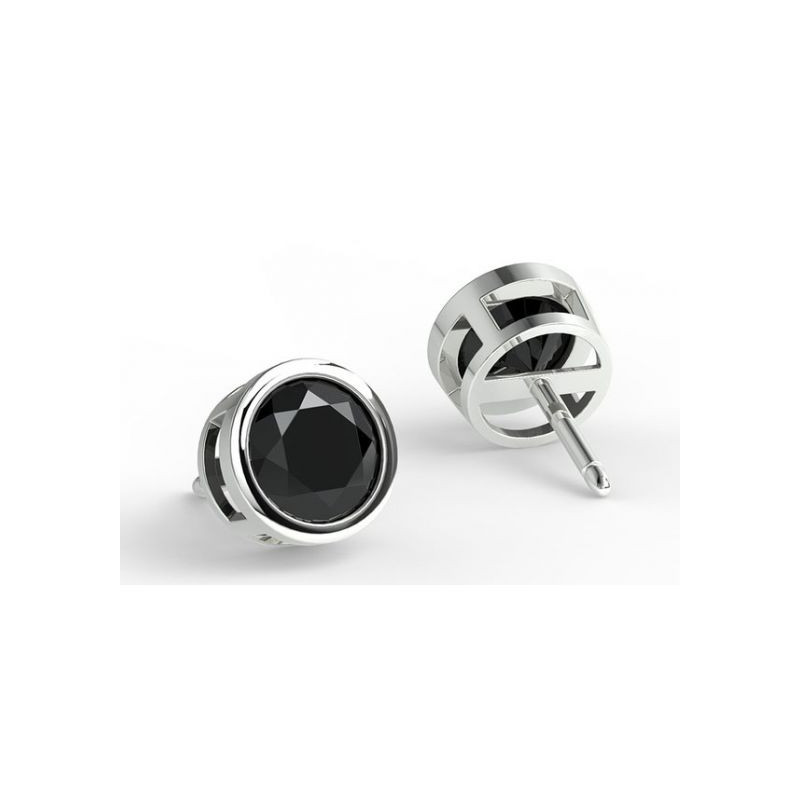

Black Diamond Stud Earrings
- -15%
The central role of jewelry in Moroccan weddings
In the Moroccan wedding tradition, the jewelry occupies an essential place. Much more than just aesthetic accessories, they embody wealth, fertility, protection and eternal commitment. Each piece of jewelry worn or given during ceremonies has a strong cultural and familial symbolism.
A precious gift from the engagement
From the sermon (engagement), the future groom offers his beloved some gold jewelry, often accompanied by perfumes, traditional clothing and sometimes a engagement ring. These gifts reflect the generosity of the groom's family and the seriousness of his commitment. It is customary for these jewels to be carefully chosen and worn during the henna evening or from wedding day.
Jewelry and tradition: the bride in majesty
The Moroccan bride She is traditionally adorned with sumptuous jewelry throughout the festivities. Necklaces imposing, earrings worked, tiaras, gold bracelets, brooches...Each outfit she wears—whether a Fassi caftan, Berber takchita, or white gown—is complemented by matching jewelry, carefully chosen to enhance her attire and highlight her beauty.
These adornments can be passed down from generation to generation, or custom-made for the wedding. They reinforce the heritage character of Moroccan marriage, where each element has a story to tell.
Celinni: at the heart of tradition and customization
At Celinni, we perpetuate this tradition with exceptional 18 carat gold jewelry and natural diamonds, designed for sublime every moment of the Moroccan wedding. Whether it's an engagement ring, a bracelet for the henna ceremony, or a complete set for the bride, our creations combine refinement, authenticity and emotion.
Thanks to our showrooms at Casablanca, Marrakech and Fes, we accompany each couple in the creation of a piece of jewelry that respects the codes of the Moroccan tradition, while adapting to modern desires.
Between tradition and modernity: Moroccan weddings of today
If the traditional Moroccan wedding remains a celebration deeply rooted in customs, newlyweds are increasingly adding their personal touch. Today's Moroccan wedding is a harmonious fusion between cultural heritage and modernity, between heritage and individual expression.
Modernization of rites and formats
Today, many Moroccan couples - in Morocco or in diaspora - choose to adapt the festivities. Some ceremonies are shortened to two days instead of seven. Brides sometimes opt for 3 to 4 outfits instead of 7, or directly integrate a western white dress in their program. We also see the appearance of simple Moroccan weddings, but always rich in meaning.
The format of marriage is also evolving with the emergence of modern videographers, of wedding planners specialized in oriental weddings, and a decoration combining Berber, Andalusian or contemporary elements.
Cultural diversity and creativity
In mixed marriages or Moroccan weddings in France, couples like to mix Moroccan traditions and European influences. Thus, we find fusion meal, playlists where Moroccan wedding music rubs shoulders with international music, and modern invitations adorned with Arabic calligraphy.
The dresses for oriental wedding guest have also gained in popularity: friends, sisters or cousins of the bride proudly wear outfits inspired by traditions, modernized by current cuts.
A deliberate return to the roots
Paradoxically, this modernity is accompanied by a renewed interest in authentic traditions : the henna ceremony, the Neggafa, the bride's trousseau, or even the typical dishes of Moroccan wedding are preserved with pride.
Today more than ever, the Moroccan wedding becomes a declaration of love, not only between two beings, but also towards a rich and vibrant culture, that everyone chooses to honor in their own way.
FAQ - Moroccan Wedding Traditions
What is the traditional course of a wedding in Morocco ?
A Moroccan wedding follows several key stages: the khotba (engagement), the religious signing (Al Kaghet or Helel), the henna ceremony, and finally the wedding day itself, marked by the Amariya, traditional outfits, and the grand banquet. In some regions, the celebration also includes the dfou3 and a family meal the following day.
What outfits does the Moroccan bride wear during the ceremony ?
The Moroccan bride changes outfits several times throughout the evening. She may wear up to seven caftans or takchitas, accompanied by gold jewelry, tiaras, and embroidered belts. The final outfit is often a Western-style white dress.
What is the significance of the henna ceremony in Moroccan weddings ?
The henna ceremony symbolizes purification, protection, and fertility. It takes place on the eve of the wedding. The bride’s hands and feet are decorated by a nekacha, while the family sings, dances, and celebrates around her.
What jewelry is given to the bride during a Moroccan wedding ?
Jewelry is a central element: engagement rings, , necklaces, , bracelets and earrings Gold rings are often given at engagements. They symbolize commitment, prosperity and elegance. The custom-made Celinni jewelry, in 18K gold with natural diamond, are part of this tradition.
Can a Moroccan wedding combine tradition and modernity ?
Yes. Many couples opt for Moroccan weddings in France or mixed, combining Eastern traditions and Western touches: religious ceremony, henna, Moroccan meal but also DJ, white dress, wedding planner and contemporary decoration.
Conclusion
The Moroccan wedding, with its rituals steeped in history and its lavish celebrations, remains one of the most significant events in a lifetime. Whether celebrated in Morocco or abroad, it retains all its symbolism and adapts to modern desires.
At Celinni, we believe that every union deserves an exceptional piece of jewelry. Discover our wedding bands, engagement rings and custom creations, designed to honor every tradition, and enhance every love story.


Black Diamond Stud Earrings
- -15%





















